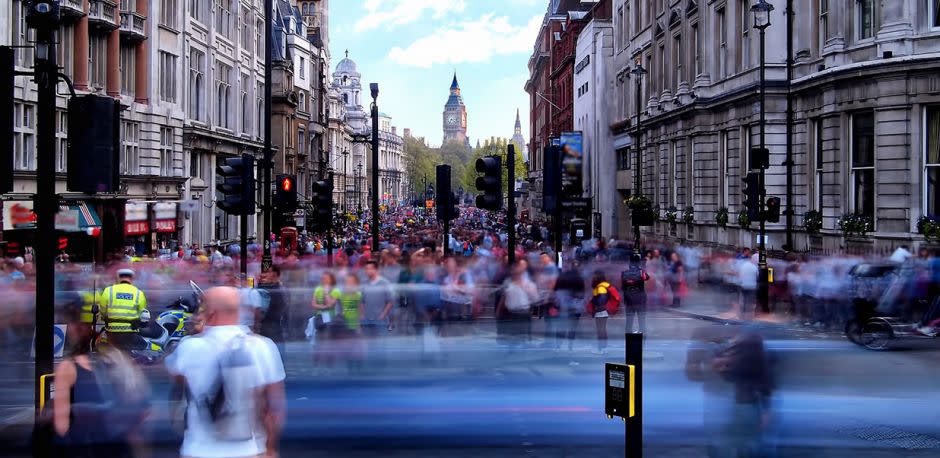UK shop inflation eased in May, helped by falling prices of furniture and other non-food items, according to industry data that offers some relief to households hit by more than two years of elevated costs.
Store prices grew at an annual rate of 0.6 per cent in May, down from 0.8 per cent the previous month, according to figures published on Tuesday by the British Retail Consortium.
That rate was well below the peak of 9 per cent reached in May 2023, and the lowest since November 2021.
Helen Dickinson, BRC chief executive, said: “Shop price inflation has returned to normal levels.” This was helped by slowing food inflation and retailers cutting “furniture prices in an attempt to revive subdued consumer demand for big-ticket items”.
Unusually wet weather had hit sales in the spring, prompting retailers to lower their prices in a bid to boost demand, which had also brought down inflation, according to the BRC.
In April, the official measure of consumer price inflation — which unlike the BRC index includes services, energy and travel — fell to 2.3 per cent, near to the Bank of England target of 2 per cent but higher than economists had expected.
That prompted markets to postpone expectations for when the BoE would start to cut interest rates, previously forecast for June.
The path of inflation and borrowing costs is a key concern for voters ahead of the general election on July 4, affecting their views on the state of the economy and general financial confidence. The ruling Conservative party trails Labour by about 20 percentage points in the polls.
“With an election in a matter of weeks, it is vital that parties detail their support for customers and retailers in their upcoming manifestos,” said Dickinson.
The BRC reported that prices for items such as furniture, sports equipment and garden tools fell 0.8 per cent in May compared with the same month last year. This marked the second month of deflation and the lowest reading since October 2021.
Annual food price growth also fell. At 3.2 per cent in May, it was down from 3.4 per cent in April and the lowest since February 2022. The decline was underpinned by the rate of fresh food inflation, which dropped to 2 per cent, its lowest level since November 2021.
Price growth in ambient food, items that can be stored at room temperature, remained high. It rose at an annual rate of 4.8 per cent, only marginally down from 4.9 per cent in April.
Ambient food inflation “remained stickier”, said Dickinson, especially for sugary products which “continued to feel the effects of high global sugar prices”.
This article was written by Valentina Romei from The Financial Times and was legally licensed through the DiveMarketplace by Industry Dive. Please direct all licensing questions to legal@industrydive.com.

